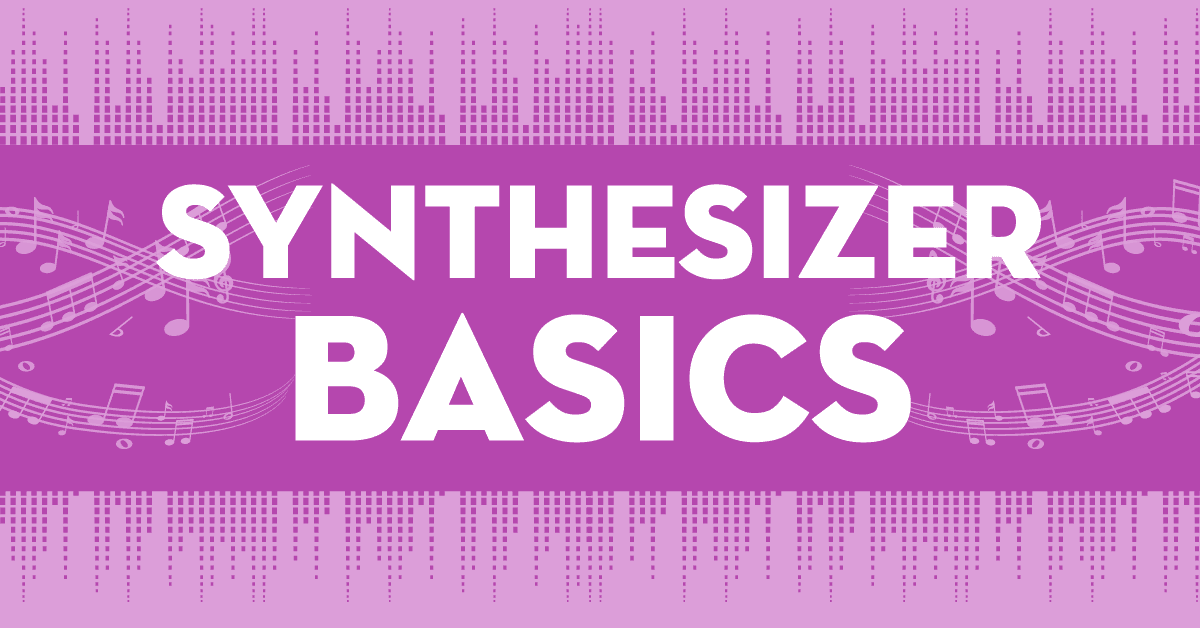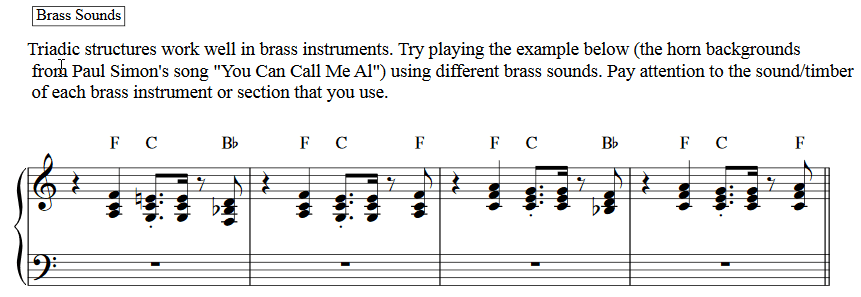Synthesizer Basics

"Synthesizer basics" refers to knowing the particular aspects of the synthesizer, why it's used, and how it's different from a typical keyboard or piano. At first glance it might seem like the synthesizer and the piano are basically the same instrument, right? Well, they certainly do look similar in terms of the black and white keys, and there are some similarities. But there many differences in terms of how and why it is used. In this article we're going to focus on some of the particular things that a synth player needs to know in order to play the instrument effectively.
Synthesizer Basics - Know Thy Sounds!
Perhaps the biggest reason a funk, rock, or pop musician plays a synth is because he/she needs access to a variety of sounds (sometimes called "patches"). There are many different keyboard instruments - piano, Rhodes, Wurli, organ, clavinova - but unless you have a rock-star budget and a moving van, you're not going to own all of these instruments. You're going to use a synth which allows you to play ONE instrument that contains all of these sounds.
Synth players frequently play a variety of other sounds, too. For example, it's incredibly common to have a synth player play string, brass, woodwind, percussion, or synth (electronic) sounds. For obvious reasons, synth players need to be adept at quickly locating these sounds on their keyboard (referred to as programming) and know how to play them effectively (meaning, convincingly - more on that in a moment).
Synthesizer Basics - When Are These Sounds Needed?
The answer here is - ALL THE TIME! Live concerts, radio performances, musical theater productions, recording studios, film scoring, cover bands, educational institutions... the list goes on and on.
But "why," you might ask, "don't these venues simply hire REAL string or horn players?" There are many reasons:
- Every production has a budget. And every additional musician means more people to pay. Synths have the ability to create huge orchestral sounds and require only one player. That's a big cost saver (and good news for us keyboardists, I suppose).
- Practically speaking, an entire string section needs someplace to sit. Have you ever been to a musical theater production? They don't call it "the pit" (where the orchestra musicians perform) for nothing. Synth players save space (which also costs money).
- Synths sound great. The technology has advanced so much that synths sound virtually identical to many of the instruments they mimic.
- Synths make programming (saving sounds and adding effects) very easy. Playing the synth is a combination of playing a piano instrument and having some computer-related knowledge.
Synthesizer Basics - Capturing the Essence
Since synths are so good at sounding like the instrument they are copying (strings, for example), it's up to the player to know how to bring that sound to life. For example, strings have a particular range. If a synth player ignores that real-life range then the sound begins to appear unrealistic. Below is an example of a pop tune in which a synth player might play the background horn parts.
Check out our lesson on synth technique for a detailed breakdown on how synth players go about fine-tuning this kind of approach.
